
Correcting organellar spelling with RNA editors
Oldenkott et al. use evolution to their advantage by testing whether independently evolved RNA editors can reciprocally correct the errors of organellar transcripts. The Plant Cell (2020) https://doi.org/10.1105/tpc.20.00311.
By Bastian Oldenkott and Mareike Schallenberg-Rüdinger, IZMB, University…

Trafficking of VHA-a isoforms in Arabidopsis thaliana (bioRxiv)
Vacuolar-type ATPase (V-ATPase) is a highly conserved enzyme but functionally diverse among eukaryotic cells. V-ATPases couple the energy released by ATP hydrolysis to pump protons across membranes of many cell types. In Arabidopsis, the V-ATPases containing different isoforms of V-ATPase catalytic…

Conserved gene regulatory network integrated with stress response factors in radish and Arabidopsis root cambium (Curr. Biol.)
The cambium is a layer of actively dividing cells between xylem and phloem tissues that is responsible for the thickening of primary or lateral roots and stems. Root crops are tightly associated with the cambium regulatory mechanism which is less characterized in root as compared to shoot development.…
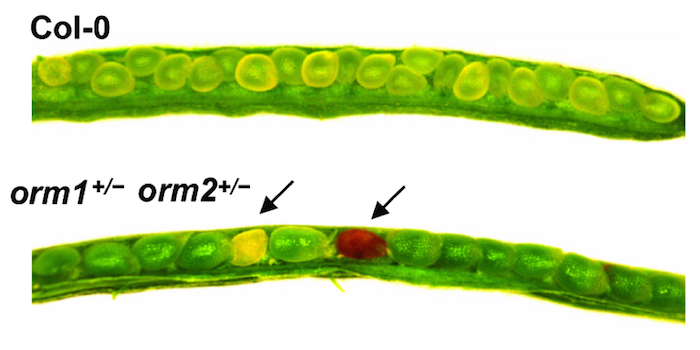
Unregulated Sphingolipid Biosynthesis in Arabidopsis ORM Mutants
Gonzalez Solis et al. describe the metabolic, cellular, and physiological consequences of the complete loss of regulation of sphingolipid biosynthesis. Plant Cell https://doi.org/10.1105/tpc.20.00015
By Ariadna Gonzalez Solis and Edgar B. Cahoon
Background: Glycosphingolipids are molecules…
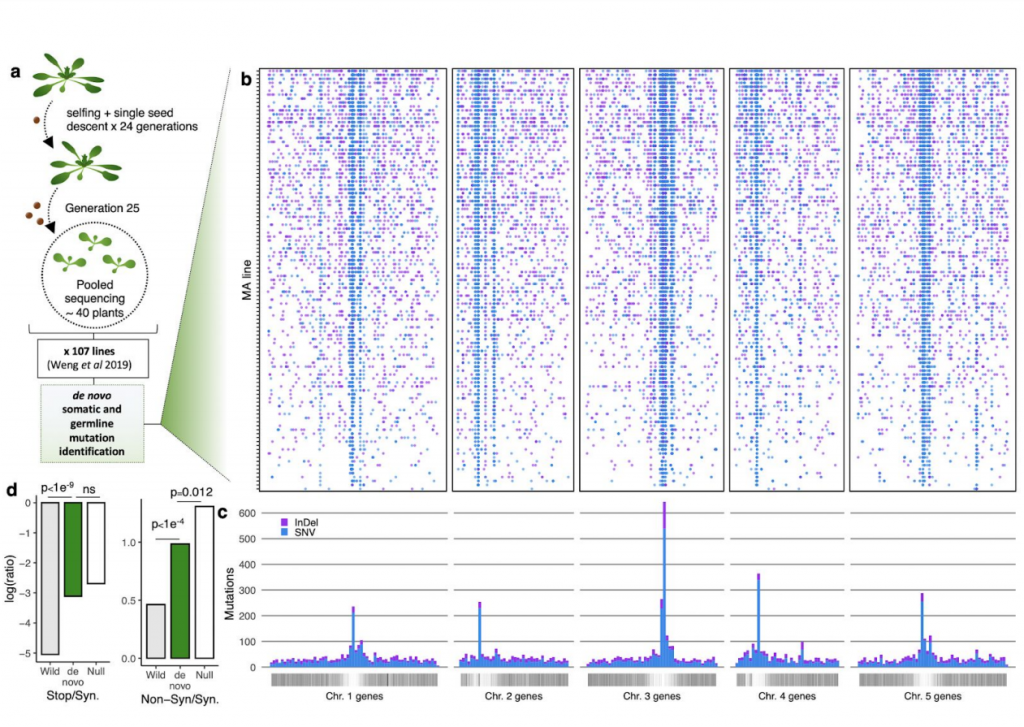
Mutation bias shapes gene evolution in Arabidopsis thaliana (bioRxiv)
Classical evolutionary theory states that the probability of a mutation occurring is independent of fitness consequences. However, reassessment of traditional assumptions is warranted with recent discoveries showing that cytogenetic (DNA sequences and epigenetic) features can affect local mutation probabilities.…
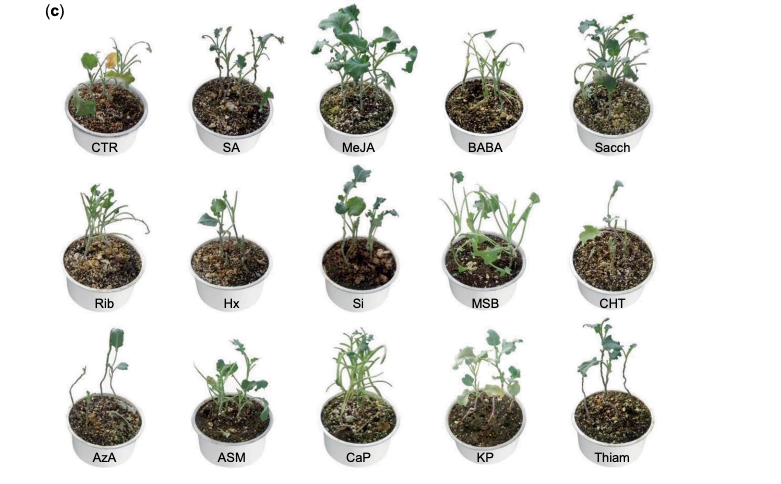
Induced tolerance to abiotic and biotic stresses of broccoli and Arabidopsis after treatment with elicitor molecules (Sci. Rep.)
Plant hormones such as jasmonates (JAs) and salicylic acid (SA) are known for their role in regulating plant growth under both abiotic and biotic stresses. These hormones, which are synthesized within the plant, can modulate cellular processes in targeted cells locally and can be moved to other parts…
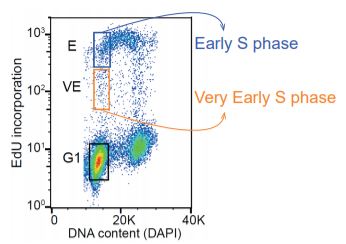
AT the Onset of DNA Replication in Arabidopsis
Author
Anne-Sophie Fiorucci
Affiliation
Centre for Integrative Genomics, Faculty of Biology and Medicine, Génopode Building, University of Lausanne, CH-1015 Lausanne, Switzerland.
ORCID number
0000-0002-3254-5967
DNA replication allows doubling of the genomic content of a cell before…
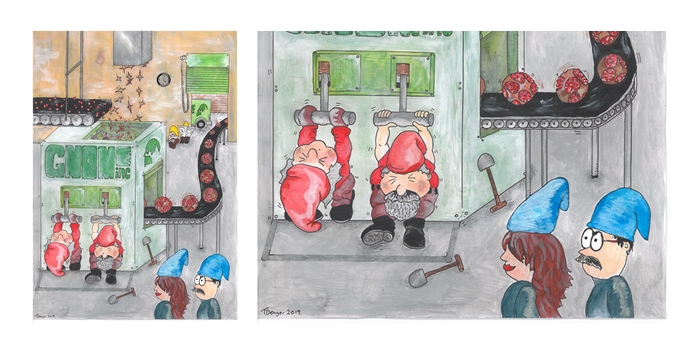
It takes two to tango: two GNOMs have to activate ARF1 together
Brumm et al. investigate how the protein GNOM activates dimers of the small GTPase ARF1 and inserts them very close to each other during vesicle formation. The Plant Cell (2020) https://doi.org/10.1105/tpc.20.00240
By Sabine Brumm 1,2 and Gerd Jürgens 1, ZMBP, University of Tübingen (1), Sainsbury…

Secret Talents: STARCH SYNTHASE 5—Not an Enzyme, but Very Active!
Abt et al. found that Arabidopsis SS5, a protein homologous to typical starch-synthesizing enzymes, is itself enzymatically inactive, but rather has an important role in the starch granule initiation process. Plant Cell https://doi.org/10.1105/tpc.19.00946
By Melanie R. Abt and Samuel C. Zeeman, Institute…

